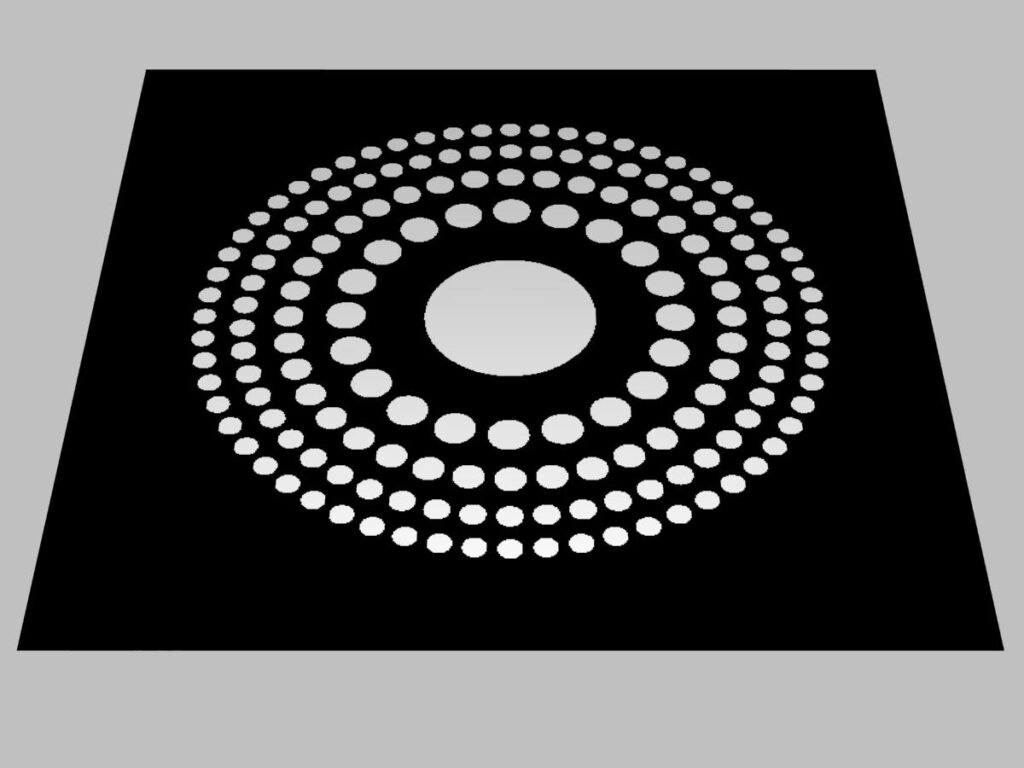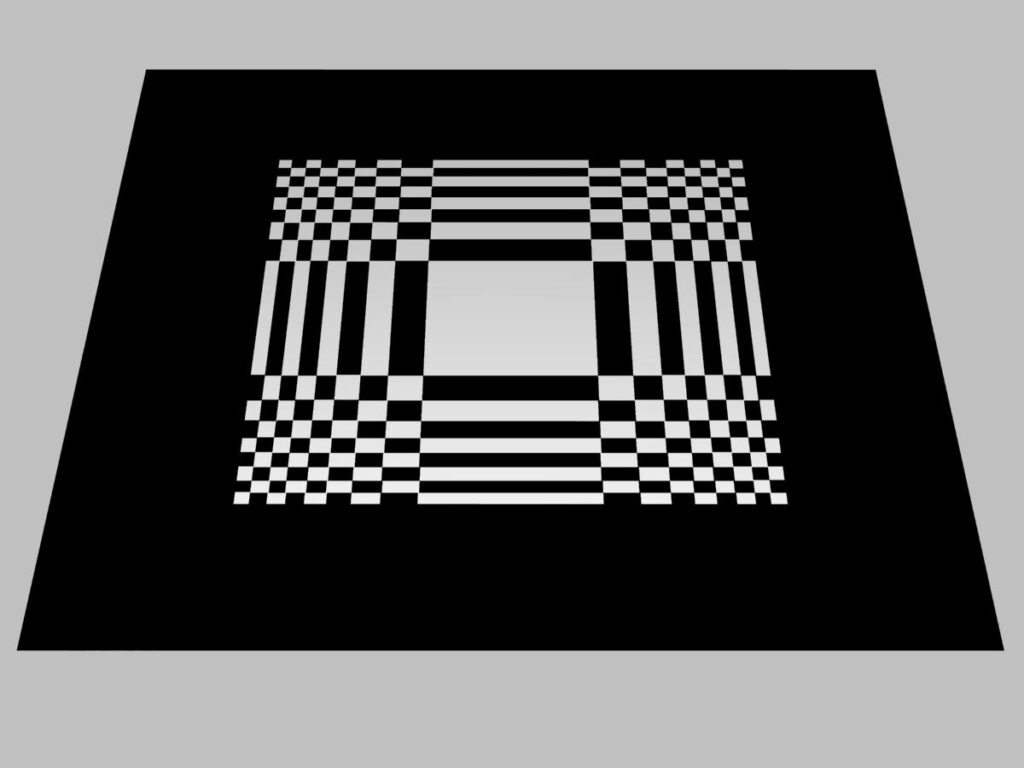ZNONZ Ⅰ

The ZNONZ I amplitude-type zone plate uses the diffraction phenomenon to cut anti-phase light with a doughnut-shaped black line so that light emitted from a single point on the image plane is aligned in phase at a single point on the image plane.
Only the light rays that are in phase with each other form an image, and the image is created in the same way as a lens.
The difficulty of manufacturing of the amplitude-type zone plate is not so high rather inexpensive, but it is problematic because it cuts off about half of the incident light, making it darker.
Also, like a pinhole, it cannot fully eliminate light that passes straightly through it, resulting in a large amount of halo and a soft image.
This is a unique characteristic of this product.
The product consists of three differently shaped amplitude-type zone plates, plus a pinhole, totally four types of imaging elements in a turret shape, so that you can select the desired sensor at any time by turning a dial.
The angle of view for all four types is approximately 75 degrees, which is equivalent to a 28mm wide-angle lens in full-size equivalent.




Optical elements mounted on ZNONZⅠ.
Pinhole
There are so many rays of light flying randomly in space, among which a large number of light that pass through a pinhole reach the photodetector and are formed as an image, is a pinhole photograph.
Therefore, pinhole photography has no concept of focus, so it forms a unique image that is blurred to the same degree in both distant and near views. In addition, the image circle can be set larger.
The large image circle also makes it possible to accommodate large-size photoreceptors. The hole diameter is 0.25 mm.
Amplitude-type zone plate
Amplitude-type zone plates allow light traveling straight ahead to pass through as it is. Therefore, it has a wide halo.
At first glance, the image is softer than that of a pinhole, but at the core, the image is sharper than that of a pinhole.
There is also chromatic aberration, which adds to the softness of the image.
Photon Sieve
Photon sieves and square zone plates, which will be discussed in the next section, have the same halo of straight light as zone plates.
However, ZNONZ 1 has fewer zones than zone plates, so the halo width is narrower.
The core also has a sharp image similar to that of zone plates.
Square Zone Plate
Square zone plates produce a cross-filter-like halo on a point light source.
You can choose to use the unique soft image with halo taken with the ZNONZ 1, or to remove the halo by image processing, it is up to you.
It is up to the customer’s preference.




A guidebook supervised by Professor Emeritus Tatsuoki Takeda of the University of Electro-Communications, Japan, is included with the product.For more detailed information on ZNONZ I and ZNONZ II, please refer to the respective guidebooks.
